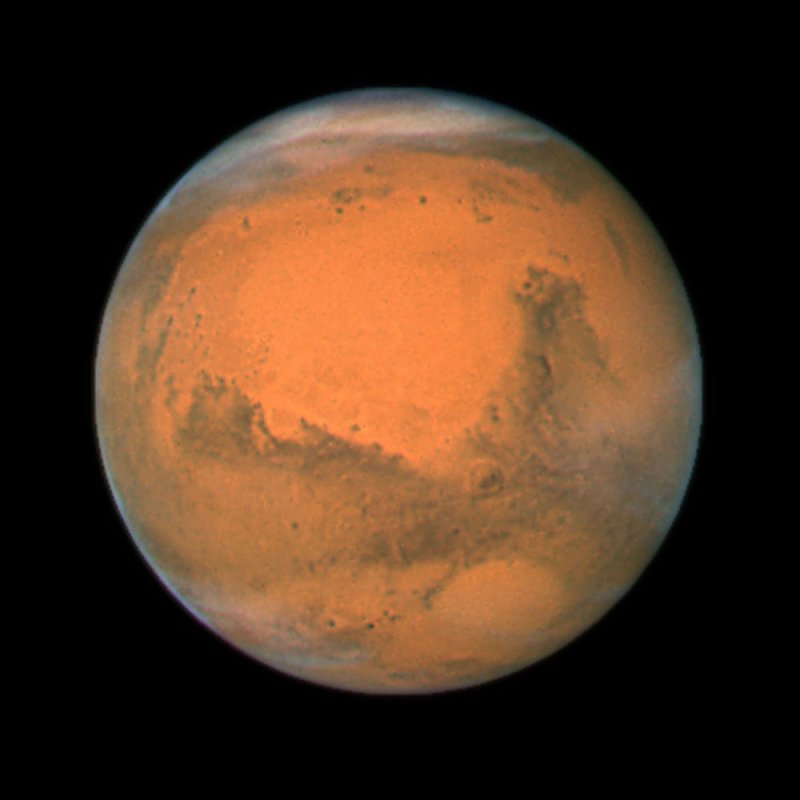PARIS, Aug. 5 (UPI) -- Images from the European Space Agency's Mars Express orbiter show changes in the planet's north pole as the martian summer begins, astronomers say.
As the planet's summer solstice approached, all the carbon dioxide ice that covers the area in winter and spring had gone, leaving just a bright cap of water ice, an ESA release said Friday.















